CABRILLO & LA JOLLA (Day 8 - part 6)

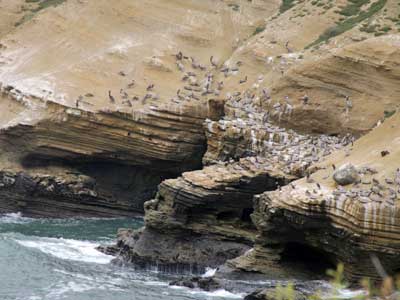

Pelicans and ...


... cormorants.


Layers




We then took a long drive up to La Jolla and parked near Ellen Browning Scripps Park for a walk along the the coastal path.


Fort Rosecrans National Cemetery

A giant bowling pin? Standing here in the middle of Mission Bay since 1961, VORTAC is a type of radio navigation system to help guide planes.


La Jolla
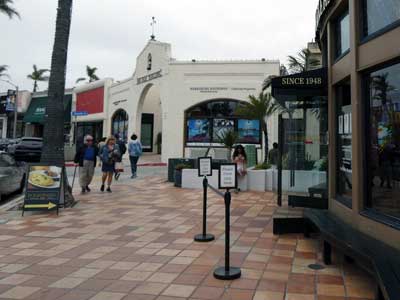





Giant soap bubbles!

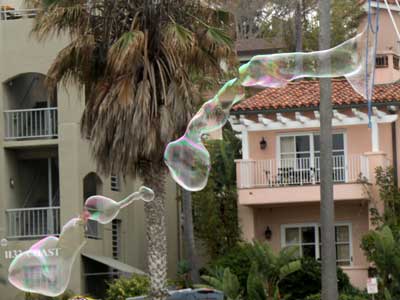
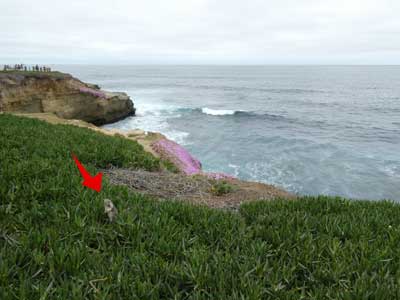

California ground squirrels
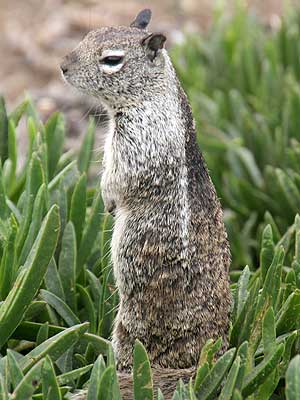



Eating some delicious ice plant


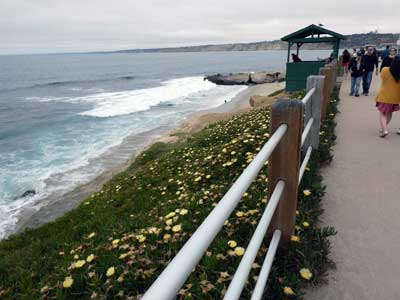

The path ... incoming pelicans



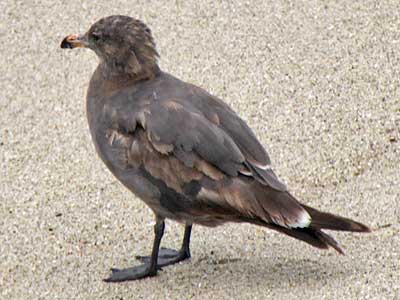
(left) Um, even if that is a tern and not another seagull, it is still very closely related and feels somewhat like cannibalism!
Unlike most highly specialized birds, gulls are equally adept at swimming, flying and walking. As opportunistic scavengers, they take food (both alive or dead) from the land, air and sea... even stealing it from other birds. They’ll eat crustaceans, fish, amphibians, worms, reptiles, rodents, eggs, seeds, fruit and small birds. They can unhinge their jaws to consume large prey. Some species have learned to use tools such as pieces of bread as bait to catch fish, or dropping clams onto hard surfaces.
Gulls are larger and stick closer to shore while terns are more of a sea bird. Terns have straight beaks, angular wings and often forked tails, while gulls have hooked beaks and rounder wings and tails.
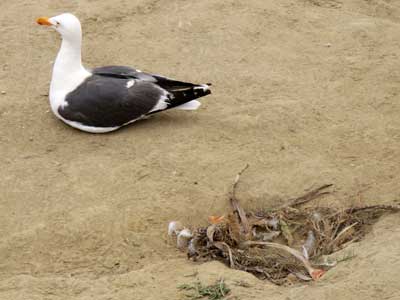



Black Oystercatchers don’t like to swim. They mostly seek out small creatures such as mussels and limpets that cling to the rocks at low tide. Using their strong beaks to pry the animal from the rocks, the birds then peck through the shell or sever the strong muscle holding it closed. They're non-migratory, never straying far from the rocky shoreline or their breeding area. They use the same nest year after year.


A sea lion plays joyfully in the surf.
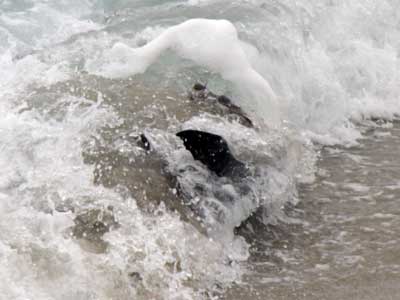

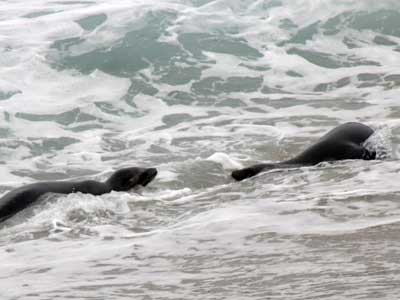

Joined by a friend
return • continue

